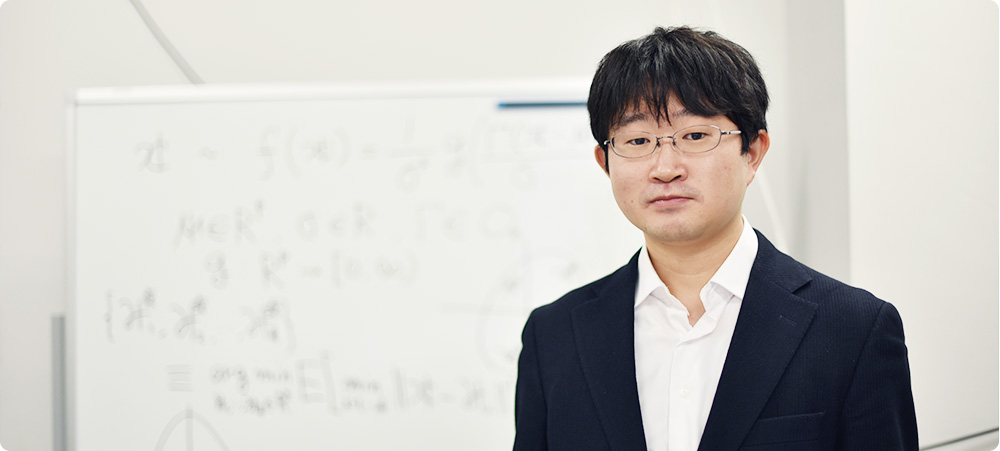
Position:Associate Professor
email:matsuura(at)ae.keio.ac.jp
Home Page:
https://www.st.keio.ac.jp/en/tprofile/ae/matsuura.html
Statistics, Statistical Estimation, Multivariate Analysis
We study and develop statistical methods, mainly for multivariate analysis. Recent research interests include statistical estimation and hypothesis testing in (1) principal points of multivariate distributions, (2) multivariate regression analysis, and (3) high-dimensional distributions.
Statistical Analysis, Multivariate Analysis 1
A set of k-principal points of a probability distribution is the discrete approximation of the probability distribution by k points under a quadratic loss function, which generalizes the mean (expectation) of the probability distribution from one point to k points. We study statistical properties and estimation of principal points of multivariate probability distributions.
Regression analysis is one of the most common statistical methods for multivariate analysis. In regression analysis, a function is found to fit explanatory variable(s) and response variable(s). It is called multiple regression analysis if the number of explanatory variables is more than one, and called multivariate (and multiple) regression analysis if the number of response variables is also more than one. Recently, we work on developing optimal estimators in a seemingly unrelated regression model which is a statistical model for multivariate regression analysis.
When the number of dimensions (the number of variables) is larger than the sample size, statistical methods for lower dimensions than the sample size often need to be (significantly) modified to work well. We study statistical methods and statistical hypothesis testing for such high-dimensional distributions.
With the recent development of various statistical methods for various types of data, we think that it is important for students to learn theoretical, statistical, and mathematical backgrounds of multivariate analysis, and to improve their abilities to understand how a statistical method is constructed, what assumptions are underlying the method, and what situations and conditions fit the method well (assuring its high precision) and also do not fit the method.